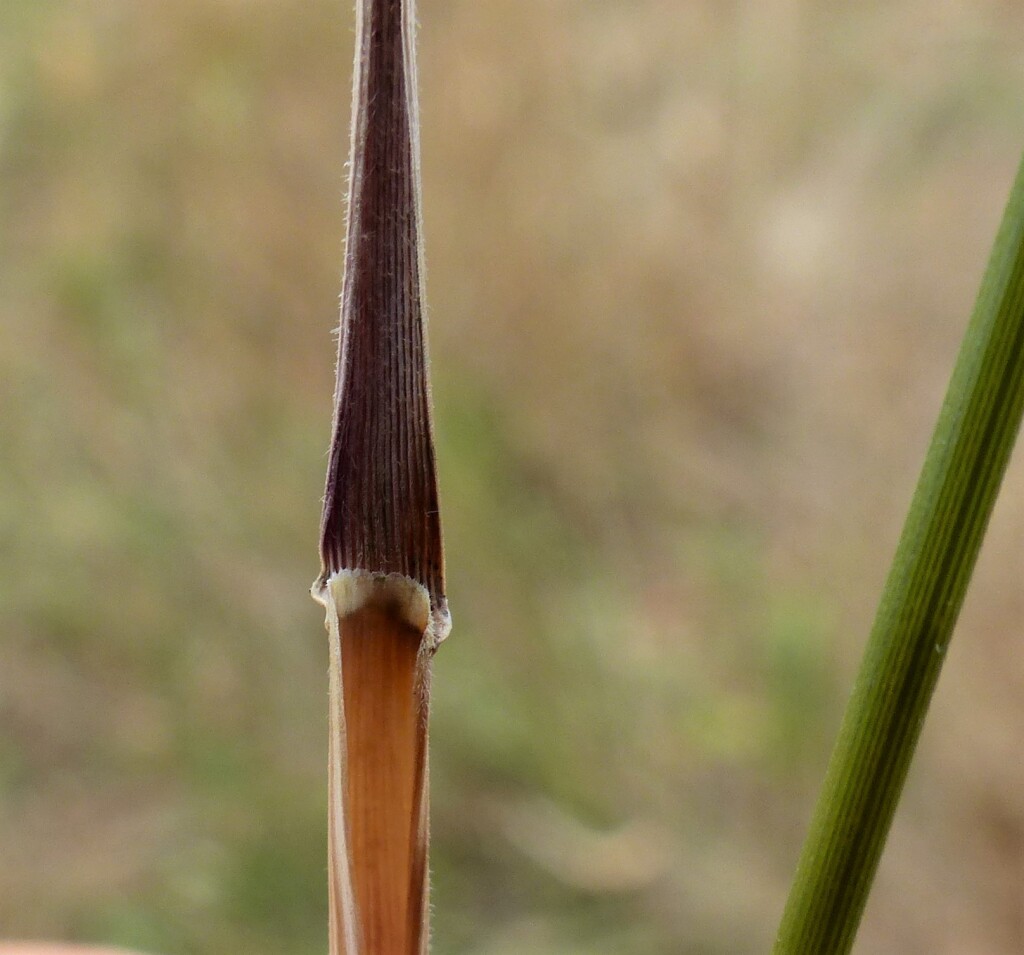Dichelachne rara
(R.Br.) VickeryRather variable, culms erect, mostly to c. 70 cm high, but occasionally to 1 m or more, typically smooth and glabrous, but not infrequently scabrous or shortly pubescent. Leaves scabrous, glabrous or shortly hairy; blade flat, to 15 cm long, 1–3 mm wide; ligule membranous, truncate, to 1.5 mm long. Inflorescence typically a moderately dense panicle 5–15 cm long, usually with short, erect branches bearing spikelets almost to the base, rarely a rather open panicle with spreading branches; glumes acute to acuminate, sometimes almost hair-pointed, 4.5–6 mm long, subequal; lemma up to 1.5 mm shorter than glumes, smooth to finely scabrous in upper half; awn inserted up to 1 mm (but usually c. 0.5 mm or less) from lemma apex, 10–25 mm long, distinctly once(occasionally twice)-bent, the column differentiated, strongly twisted at maturity. Flowers Oct.–Feb.
Wim, GleP, VVP, VRiv, GipP, OtP, WaP, Gold, CVU, GGr, DunT, NIS, EGL, EGU, WPro, HSF, HNF, OtR, Strz, MonT, HFE, VAlp. All States except WA, NT. New Zealand where introduced. The commonest and most widespread member of the genus in Victoria, occurring in grassland, grassy woodland and heathland.
Most pre-1990 records of D. micrantha are referable to this species.
Walsh, N.G. (1994). Poaceae. In: Walsh, N.G.; Entwisle, T.J., Flora of Victoria Vol. 2, Ferns and Allied Plants, Conifers and Monocotyledons, pp. 356–627. Inkata Press, Melbourne.
 Spinning
Spinning



